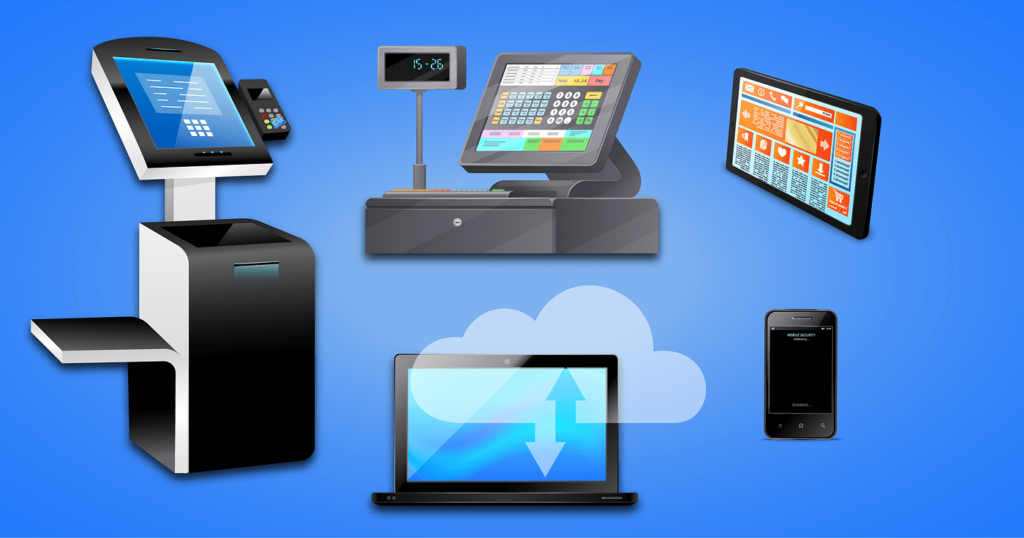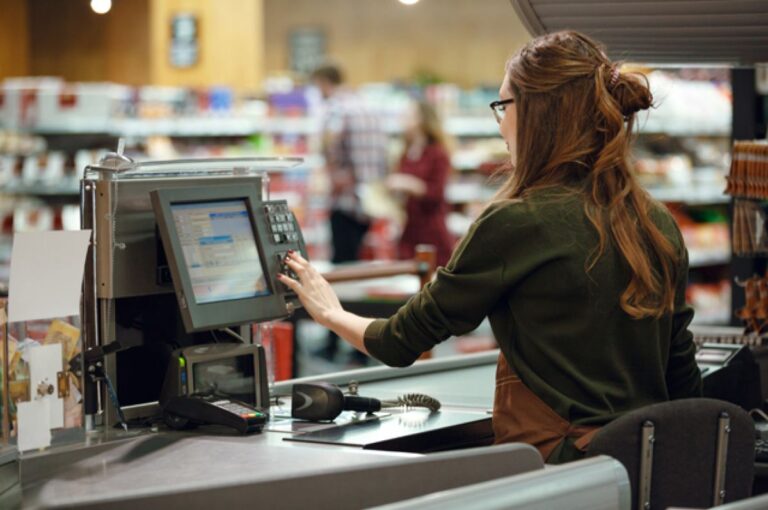Retail’s Secret Weapon for Data Accuracy in 2024: POS Systems

In today’s fast-paced retail landscape, accurate data is the lifeblood of business success. From inventory management to customer insights, precise and actionable data enables retailers to stay competitive, streamline operations, and drive profitability. Enter the modern Point-of-Sale (POS) system: a powerful tool that has evolved far beyond its traditional cash register role to become a critical component for data accuracy in 2024.
The Evolving Role of POS Systems
Gone are the days when POS systems were solely used for processing transactions. In 2024, they serve as a centralized hub for collecting, analyzing, and utilizing data across various aspects of retail operations. Advanced POS systems integrate seamlessly with other business tools such as inventory management software, customer relationship management (CRM) platforms, and analytics dashboards. This integration enables retailers to harness accurate, real-time data to make smarter decisions.
With features like cloud-based storage, AI-driven analytics, and mobile compatibility, POS systems are now indispensable for modern retailers aiming to meet the demands of an increasingly tech-savvy consumer base.
Key Benefits of POS Systems for Data Accuracy
1. Inventory Management
Maintaining accurate inventory levels is one of the biggest challenges for retailers. A POS system automatically updates stock levels as transactions occur, reducing the chances of human error and discrepancies.
For example, if a customer purchases a product, the system immediately deducts it from the inventory count, ensuring that stock levels reflect real-time availability. This accuracy minimizes overstocking, understocking, and lost sales opportunities.
2. Customer Insights
Modern POS systems track customer purchase behavior, preferences, and frequency, creating a wealth of data that retailers can use to personalize marketing strategies. For example, a retailer can identify top-selling products or customer favorites and tailor promotions accordingly.
Accurate customer data also aids in loyalty program management, allowing retailers to reward their most valuable customers with precision.
3. Sales Analysis
With detailed sales reports generated by POS systems, retailers can identify trends, peak shopping times, and top-performing products. These insights enable data-driven decision-making, such as optimizing pricing strategies, adjusting inventory, or planning seasonal promotions.
In 2024, POS systems equipped with AI and machine learning take this a step further, offering predictive analytics to forecast future sales trends based on historical data.
4. Improved Accuracy at Checkout
Manual errors during checkout can lead to pricing discrepancies, frustrated customers, and lost revenue. POS systems eliminate these issues by automating pricing, tax calculations, and discounts.
Additionally, barcode scanning and digital payment integration reduce human error and speed up the checkout process, enhancing customer satisfaction.
5. Real-Time Reporting and Analytics
In the dynamic retail environment, having access to real-time data is crucial. POS systems provide live updates on sales, inventory, and customer behavior, allowing retailers to make informed decisions on the fly.
For instance, during a flash sale or promotional event, real-time reporting can help retailers monitor performance and adjust strategies instantly.
The Role of Technology in 2024 POS Systems
The latest advancements in technology have transformed POS systems into powerful data accuracy tools:
Cloud-Based POS Systems
Cloud storage ensures data is updated in real-time across all locations, making it accessible from anywhere. This feature is especially beneficial for multi-location retailers, as it centralizes data management.
AI and Machine Learning
AI-powered POS systems can identify patterns and provide actionable insights, such as predicting which products are likely to sell out or recommending optimal stock levels.
Mobile POS Solutions
With mobile POS systems, employees can process transactions anywhere in the store, reducing long queues and improving data accuracy by directly updating the system in real-time.
Why Data Accuracy Matters in 2024
Data accuracy is critical for retail success, especially in an era where consumers expect seamless, personalized shopping experiences. Inaccurate data can lead to stockouts, lost sales, customer dissatisfaction, and poor decision-making—all of which hurt profitability.
Furthermore, as regulatory requirements around data collection and security become stricter, maintaining accurate and compliant data is non-negotiable. POS systems help ensure retailers meet these standards while safeguarding sensitive customer information.
Choosing the Right POS System
Not all POS systems are created equal, and choosing the right one can make all the difference in achieving data accuracy. Retailers should look for POS systems that:
- Integrate with existing tools (e.g., CRM, inventory management).
- Offer robust reporting and analytics capabilities.
- Provide scalability for growing businesses.
- Ensure data security and compliance.
Conclusion
In 2024, POS systems have cemented their role as retail’s secret weapon for achieving data accuracy. By automating processes, integrating with other tools, and providing actionable insights, these systems empower retailers to operate more efficiently, serve customers better, and make smarter decisions.
For businesses looking to thrive in a competitive market, investing in a modern POS system isn’t just an option—it’s a necessity.
Visit our site at www.dibtech.com.au
Visit our YouTube channel for tutorials Dibtech






